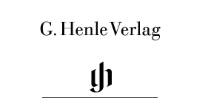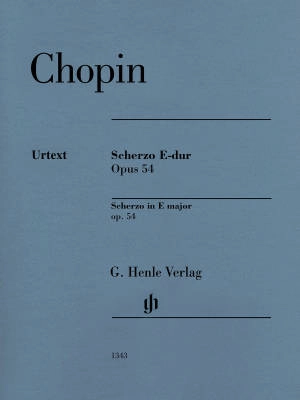Opens in a new window
G. Henle Verlag Scherzo E major op. 54 - Chopin /Mullemann /Theopold - Piano - Sheet Music
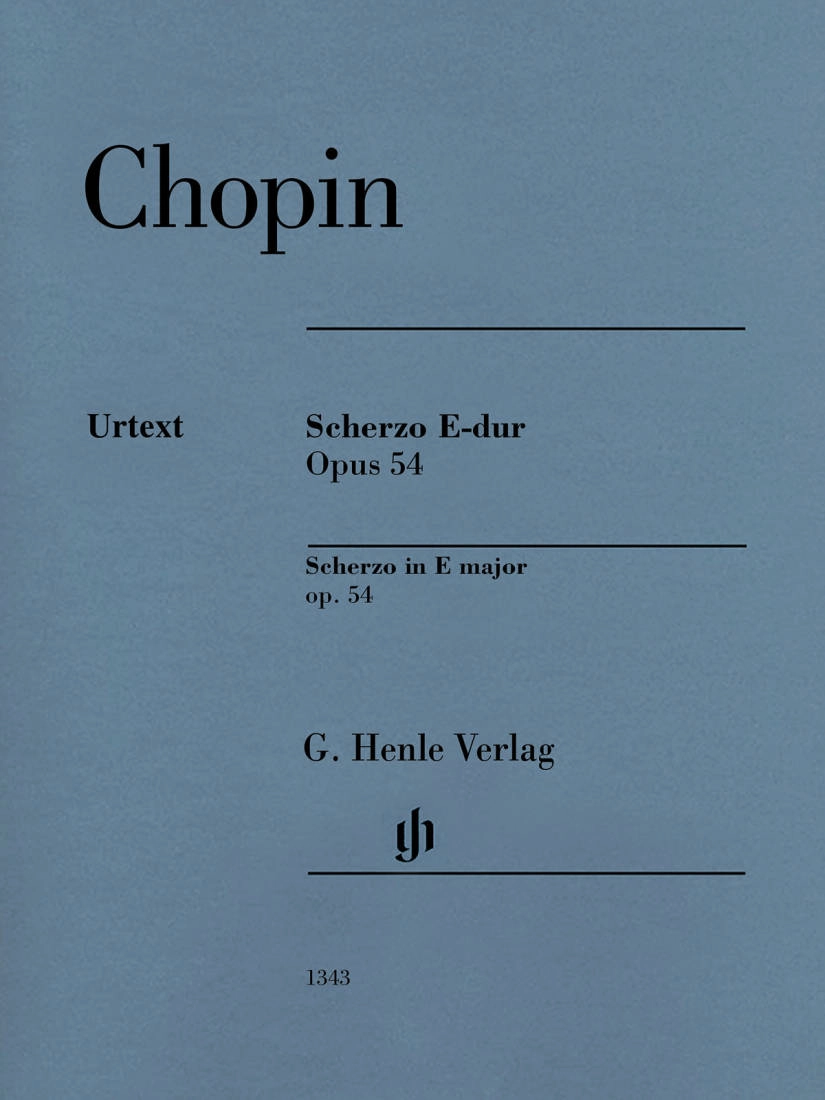
Additional Photos:
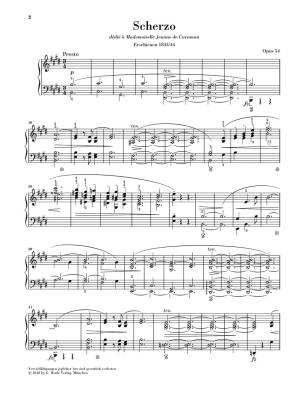
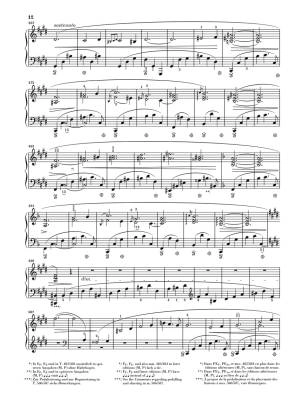
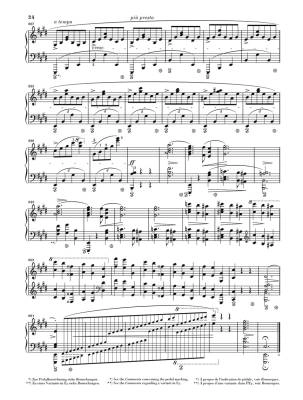
- Author/Composer:
- CHOPIN, FREDERIC
- Instrumentation:
- PIANO
- Model #:
- 51481343
Editor: Norbert Mullemann
Fingering: Hans-Martin Theopold
Format: Softcover
Instrumentation: Piano
Chopin published his Scherzi nos. 1-3 at more-or-less regular intervals, in 1835, 1837 and 1840 - almost as if he'd planned them in advance. He published his fourth and final work in this genre after a further three years, in 1843. When compared with its predecessors, which were largely bleak in mood, this Scherzo no. 4 is surprisingly cheerful. With its sparkling runs and its chains of chords like dappled brush strokes, this work seems to summon up the fairy-like spirit of Mendelssohn's scherzi.
In editorial terms, however, it is problematical. Three parallel first editions were published - in Germany, France and England - and the many variants between them have to be investigated one at a time to determine their authenticity. This is a task that has been solved meticulously in this revised, stand-alone Urtext edition, which explains the transmission of this work in an exemplary, transparent manner for today's pianists.
Q & A
There are currently no questions for this product.
Reviews
There are currently no reviews for this product. Be the first to write one!

